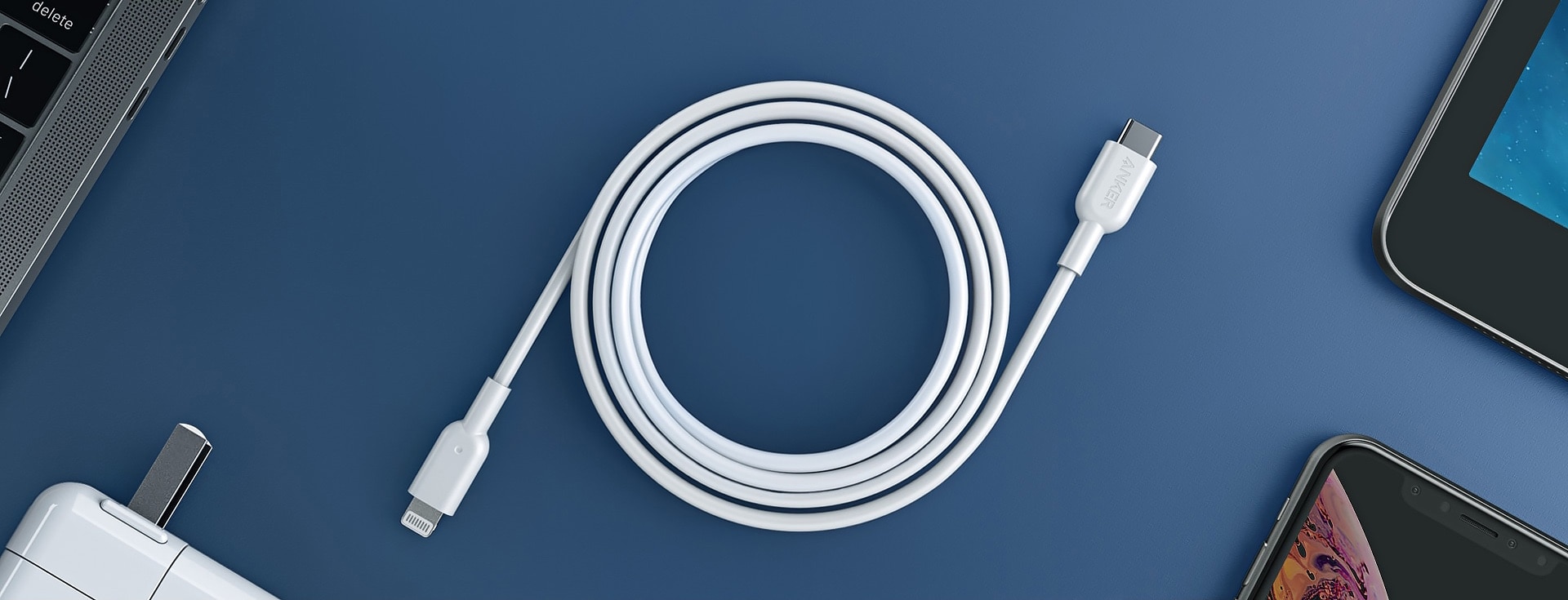 September 12, 2012: The Lightning connector replaces Apple’s aging 30-pin interface, a proprietary data and power connector that debuted on the iPod Classic in 2003. The slender and capable new Lightning port debuts in the iPhone 5, bringing big improvements — and no small amount of controversy.
September 12, 2012: The Lightning connector replaces Apple’s aging 30-pin interface, a proprietary data and power connector that debuted on the iPod Classic in 2003. The slender and capable new Lightning port debuts in the iPhone 5, bringing big improvements — and no small amount of controversy.
Apple soon will build the Lightning connector into many other products, including iPad, iPod and accessories. It’s used to charge the mobile devices as well as transfer data to a Mac or PC.
Apple’s Lightning connector brings big improvements
Lightning’s launch proved somewhat controversial because users had invested in cables and other accessories for the previous 30-pin dock connector. However, the new format actually brought significant upgrades, and proved far superior to rival options available at the time.
For starters, Lightning was much smaller than the 30-pin connector. And it was reversible, so it could be inserted into its port face up or face down. That put it far ahead of micro USB connections.
The chief disadvantage of Lightning for consumers was that it was yet another proprietary port. It prevented iPhones and Androids from sharing cables without using adapters.
Apple’s connector supported USB 3.0 host, but the only accessory that fully supported this feature was the camera adapter that includes a USB-A port. Most Lightning cables to this day support only USB 2.0, with a maximum data transfer speed of 60MBps.
Lightning vs. USB-C
USB-C was introduced in 2014, and it offers all the advantages of Lightning and more. It’s reversible, and nearly as small as Lightning, while offering much higher data-transfer speeds — up to 1,250MBps (10Gbps).
Apple adopted USB-C for MacBooks starting in 2015, and continues to gradually switch the iPad line to the new connector. Apple’s smartphones likely will follow this trend, starting with the iPhone 15 lineup launching later today.
The European Union will require all new smartphones and tablets to come with a USB-C port in the near future.


